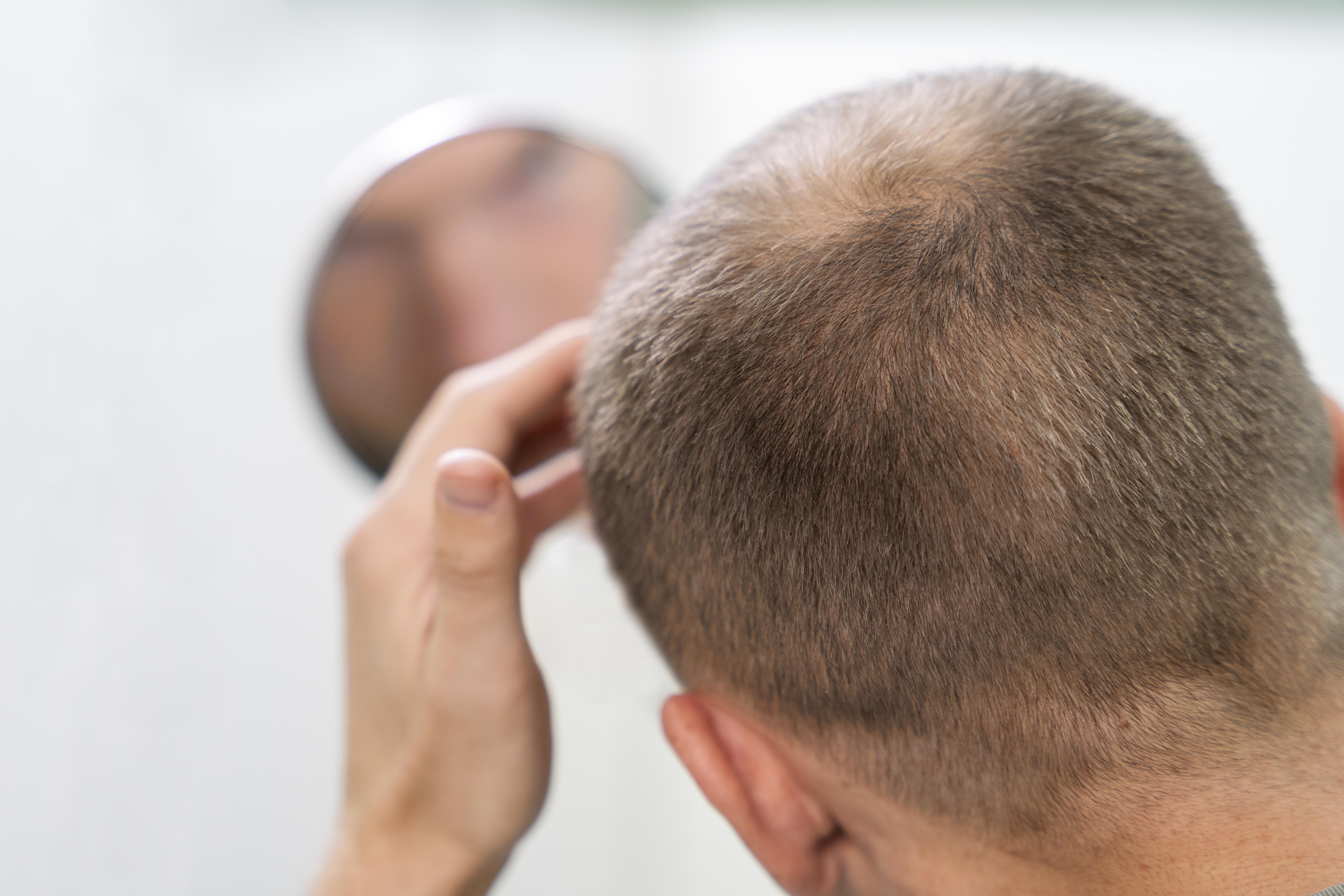
Hair loss, a common yet complex problem, affects individuals worldwide, transcending age and gender. With a variety of contributing factors, ranging from genetic predispositions to lifestyle influences, hair loss can significantly impact one’s self-esteem. Amidst various treatments, Red Light Therapy/Photobiomodulation (PBM) stands out as a promising solution, leveraging the power of light to counter hair loss and rejuvenate hair growth.
Hair loss, a condition impacting millions, is not just a personal concern but a global issue. In the United States, about 35 million men and 21 million women are affected by hair loss. Globally, the numbers are even more staggering, with up to 70% of men and 40% of women experiencing hair loss at some point. This widespread condition can result from a myriad of factors, each contributing in different ways. The emergence of treatments like Red and NIR Light Therapy/Photobiomodulation (PBM) offers a ray of hope, shining a light on a path to hair restoration and improved self-confidence.
Hair loss can manifest in various forms, such as thinning hair, bald patches, or a gradual loss over time. Understanding the root causes is essential in choosing the right treatment approach. Genetics play a pivotal role, particularly with androgenetic alopecia, a hereditary condition leading to follicle shrinkage and hair loss. Hormonal changes during life events like pregnancy or menopause, nutritional imbalances, stress, and exposure to environmental toxins further contribute to hair loss. Each factor interrupts the hair growth cycle in unique ways, necessitating a versatile approach to treatment.
Photobiomodulation (PBM) represents a groundbreaking approach in hair restoration. When applied to the scalp, PBM’s light penetrates the skin, revitalizing the hair follicles. This process not only stimulates blood flow but also energizes the cells responsible for hair growth. By impacting the hair growth cycle, particularly the anagen phase, PBM enhances cellular activity and ATP production. Research, including studies on individuals with androgenetic alopecia, has demonstrated a significant increase in hair growth, showcasing PBM’s potential as a transformative solution for those struggling with hair loss.
PBM’s appeal lies in its non-invasive nature, offering a pain-free, surgery-free alternative for hair growth. With minimal side effects, it stands out as a safe option, suitable for a wide range of individuals. Studies highlighting its effectiveness, including notable improvements in hair density, reinforce PBM’s role in combating hair loss. Its convenience, requiring no recovery time, allows integration into busy lifestyles. Beyond just stimulating growth, Red and NIR Light enhances the overall health of hair, making it stronger, shinier, and more resilient. Its chemical-free approach aligns well with a growing preference for natural, holistic health solutions.
Incorporating PBM into daily life is straightforward and adaptable. While treatment specifics, like duration and frequency, might vary depending on individual needs and device specifications, a general guideline is a daily 20-minute session. These sessions can be conveniently done at home while engaging in other activities like reading or watching TV. Consistency is crucial, and while results vary, continuous use often leads to visible improvements over weeks or months.
Find our line of Red and NIR Light Therapy devices for home use here: Lumavit Products
Complementing Red Light Therapy with lifestyle changes can counter hair loss and enhance hair health. A nutritious diet rich in proteins, vitamins, and minerals supports hair growth. Reducing reliance on chemical-laden hair treatments minimizes damage. Managing stress through relaxation techniques and ensuring sufficient sleep contribute to overall hair health. These steps, combined with Red and NIR Light Therapy, create a holistic approach to combating hair loss.
Hair loss, a prevalent issue, affects a significant portion of the global population. With causes ranging from genetics to environmental factors, it requires a multifaceted approach for effective management. PBM emerges as a potent solution, utilizing light to stimulate hair follicles and enhance scalp health. Regular use of Red and NIR Light Therapy Devices, combined with supportive lifestyle practices, paves the way for healthier hair and renewed confidence.
Sources:
1. Scandinavian Bialabs. 55 Mind-Boggling Hair Loss Statistics of 2024.
3. American Hair Loss Association. Introduction.